Norman Bethune by Adrienne Clarkson Penguin Canada hardcover, 200 pp, 2009
At a conference on April 15, 2009 at Concordia University, Adrienne Clarkson, former governor general of Canada and now biographer of Norman Bethune, suggested that one of the reasons the internationally-known surgeon, medical inventor, visionary and humanitarian might not be recognized to the degree he should be in Canada is because he became a member of the Communist Party in 1935. Certainly this is a well-timed biography of Norman Bethune as it coincides with the seventieth anniversary of his death which is being celebrated in the city of Montreal with special events and exhibitions.
This volume is part of a series entitled Extraordinary Canadians edited by John Ralston Saul. He is the husband of Clarkson and their collaboration has turned out a brilliant book. In his Introduction, Saul states there is a need for this series whose aim is to “produce a grand sweep of the creation of modern Canada.” Other “ethical leaders” chosen are as diverse as Lester B. Pearson, Big Bear, L.M. Montgomery, and René Lévesque.
Certainly Clarkson’s Norman Bethune stands on its own. The stunning cover portrait by Canadian artist Carl Shinkaruk paints Bethune as a fiery tortured figure with the gaunt cheeks of the tubercular. This arresting image evokes a self-portrait of Vincent Van Gogh, another haunted extraordinary man.
Clarkson writes with analytic acumen of Bethune’s childhood on the Canadian Shield. He was born in Gravenhurst, Ontario from “generations of doctors” and “men of peace.” Bethune was the grandson of Norman Bethune, a surgeon whose life became a template for his namesake. In the 1850s, his ancestor had tended to the wounded soldiers on an Italian battlefield and was described by a government official as a “generous foreign volunteer …spurred to help us out of a deep sense of human generosity.” Similar admiring words were applied to his grandson in 1939 by government officials in China where he died. Bethune was given the name Bai Qiu En which translates to The Light which Pursues Kindness.
Clarkson convincingly discusses how Bethune’s Presbytarian heritage shaped him for a life of service. His rebellion against his fundamentalist father, Reverend Malcolm Bethune, whom he claimed he “hated,” was an early visceral reaction against any form of oppression. This rebellion took on a wider scope in his adulthood as he fought against the medical establishment’s status quo and later the forces of fascism.
At the Concordia University conference, Clarkson mentioned that it was time that Bethune be written about “from a woman’s point of view.” In her extensive research, Clarkson is the first biographer to make use of the journals of Marian Dale Scott, the well-known Canadian artist. As Clarkson defines her, she was Bethune’s “unique love of his life.” At the time they met in 1935, Bethune was divorced from Frances Campbell Penney, a conservative woman from a prominent Edinburgh family. Marian was married to the well-known Montreal lawyer and poet, F.R. Scott. In a sensitive chapter with the title ” A Tiger of Sweetness, Fierceness and Delight,” a line by Marian describing Bethune, Clarkson reveals through Bethune’s love letters and poems to her the depth of their creative and platonic relationship.
As a young stretcher-bearer in the First World War, Bethune had survived a severe leg wound in France and had been hospitalized for six months, returning to continue his medical studies in Canada. At the age of thirty-six, he faced a far more difficult physical diagnosis that was like a death sentence. He had contracted tuberculosis in both lungs. TB was then epidemic as cancer is today and there was no known cure. Under the stress, Bethune and his wife divorced and she returned to Scotland. Unable to practice medicine, Bethune was admitted to the Trudeau Sanatorium at Saranac Lake, New York. His will to live was shaken and he planned his suicide. As an instinctive form of therapy, Bethune began to paint the interior walls of the cottage he lived in with murals he entitled “TB’s Progress.” When he heard of an experimental operation, he sought a doctor that was willing to perform it. The operation was a success though it left him disabled with only one functioning lung.
This didn’t deter Bethune who decided to use his medical skills to eradicate this disease. In 1928, he accepted a prestigious position at the Royal Victoria Hospital in Montreal where he worked alongside the “father of thoracic surgery in North America,” Dr. Edward Archibald. Soon, Bethune clashed with his traditionalist mentor. Even though Bethune proved himself as a surgeon and even invented surgical tools that are still in use in the operating room today, Dr. Archibald decided to transfer him to another hospital, in effect dismissing him. As Clarkson explains, Bethune’s eccentric character could have been another reason:
“The fact that Bethune changed his clothing as quickly as his moods was irritating to many as well. An apartment mate of his said that “his clothes (were) bought from the most expensive tailor in town….(he was) always insisting on white tie and tails at every appropriate occasion.”He was just as capable, however, of going out to a party wearing shoes, trousers, and an overcoat but no shirt or jacket; once, in response to a dare, he dressed as a lumberjack to do his hospital rounds.”
Bethune didn’t agree with the concept of profit in medicine. In his practice in Montreal, he was often heard saying: “there are two kinds of tuberculosis: the rich man’s and the poor man’s. The rich man lives and the poor man dies.” At medical congresses he gave electrifying speeches that challenged his colleagues on this subject. In 1936, Bethune spearheaded a group of like-minded professionals, the Montreal Group for the Security of the People’s Health, which produced a manifesto for socialized medicine but it was ignored by his peers and the Quebec government. Not a man to be defeated, Bethune decided to go to Spain to fight the fascist army of General Franco. He was sponsored by the Canadian Committee to Aid Spanish Democracy. In Spain, Bethune organized, with his Canadian team, the first mobile transfusion unit. Clarkson points out that this important contribution to the history of blood transfusion has yet to be fully recognized.
The seeds for Bethune’s journey to China were planted in his religious childhood as Clarkson recounts how in the early twentieth century, China was regarded as the place for evangelization and many churches and institutions collected alms so they could sponsor missionaries to that country. In 1938, Bethune felt compelled to go to China under the auspices of the Canadian-American Medical Unit to help the Chinese in their fight against the Japanese invasion. Accompanied by the Canadian nurse Jean Ewen, who spoke Chinese fluently, Bethune trekked for weeks through rough mountainous landscape to get to his post as medical adviser to the Eighth Route Army. Ewen wrote a book about her experiences in China and Clarkson includes Ewen’s vivid account of the famous meeting in Yan’an between Bethune and the young Chairman Mao. In this chapter, Clarkson conveys the physical and emotional hardships that Bethune encountered as he performed his medical duties operating on the front line, setting up a model hospital, training Chinese teenage boys and girls as rudimentary nurses and doctors. One of Bethune’s inventions in China was a mobile operating room for the battlefield: “All the equipment was placed on three mules: the collapsible operating table, a full set of surgical instruments, anaesthetics, antiseptics, twenty-five wooden legs and arms.” Bethune spent much time typing letters to authorities and friends back home requesting urgently needed medical supplies. He also wrote articles for the Canadian and American newspapers, and medical texts and training manuals. His portable typewriter is now kept in the Bethune Museum in Shijiazhuang along with his stethoscope and other memorabilia.
Danger never fazed Bethune whose dedication to saving the lives of the wounded included operating bare-handed if no surgical gloves were available. In the fall of 1939, at forty-nine years old, Bethune was frail from months of gruelling living conditions and overwhelming work, and when he nicked his finger during surgery he soon fell ill from blood poisoning. He’d been planning to return to Canada to raise funds for the Communist Army, but once he knew he was dying, he wrote his will which concluded: “So the last two years have been the most significant, the most meaningful years of my life.”
The biography ends a bit quickly but more details can be found in the useful Chronology such as that Bethune’s remains are at the Martyrs’ Tomb in the same city as the Bethune Museum in China. There is an error that needs correcting for future editions which is the location of the memorial statue of Bethune in Montreal: it is not at the corner of Guy and Dorchester, but Guy and De Maisoneuve Streets.
In Norman Bethune, Clarkson debunks myths and media sensationalism to capture the essence of this extraordinary man and Canadian. Like all larger-than-life people, Bethune transcended labels or contradictions and could be Communist and Christian, scientist and artist, temperamental and tender. Clarkson advocates for Dr. Bethune’s further recognition in Canada and surely this volume will do this.
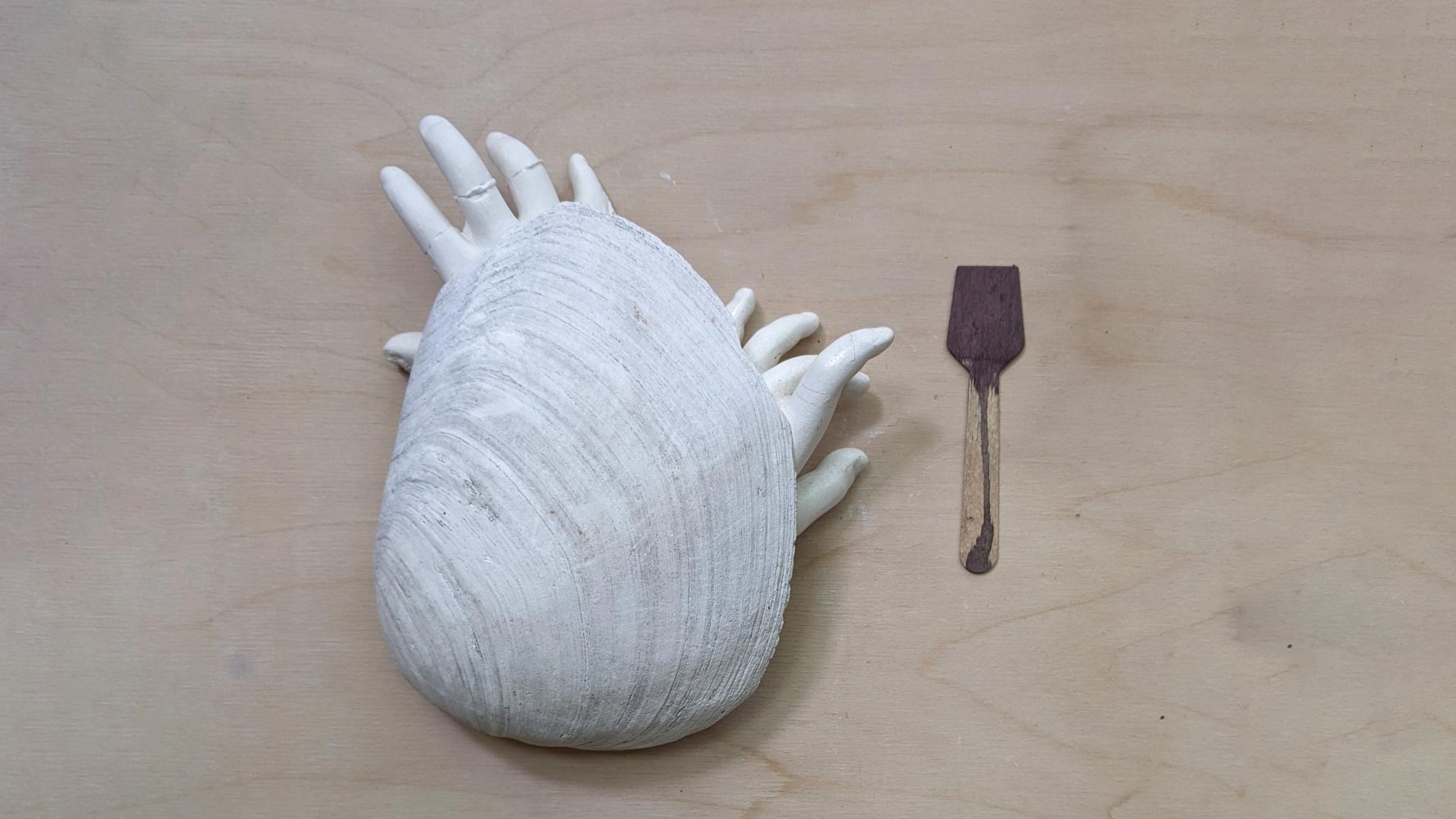
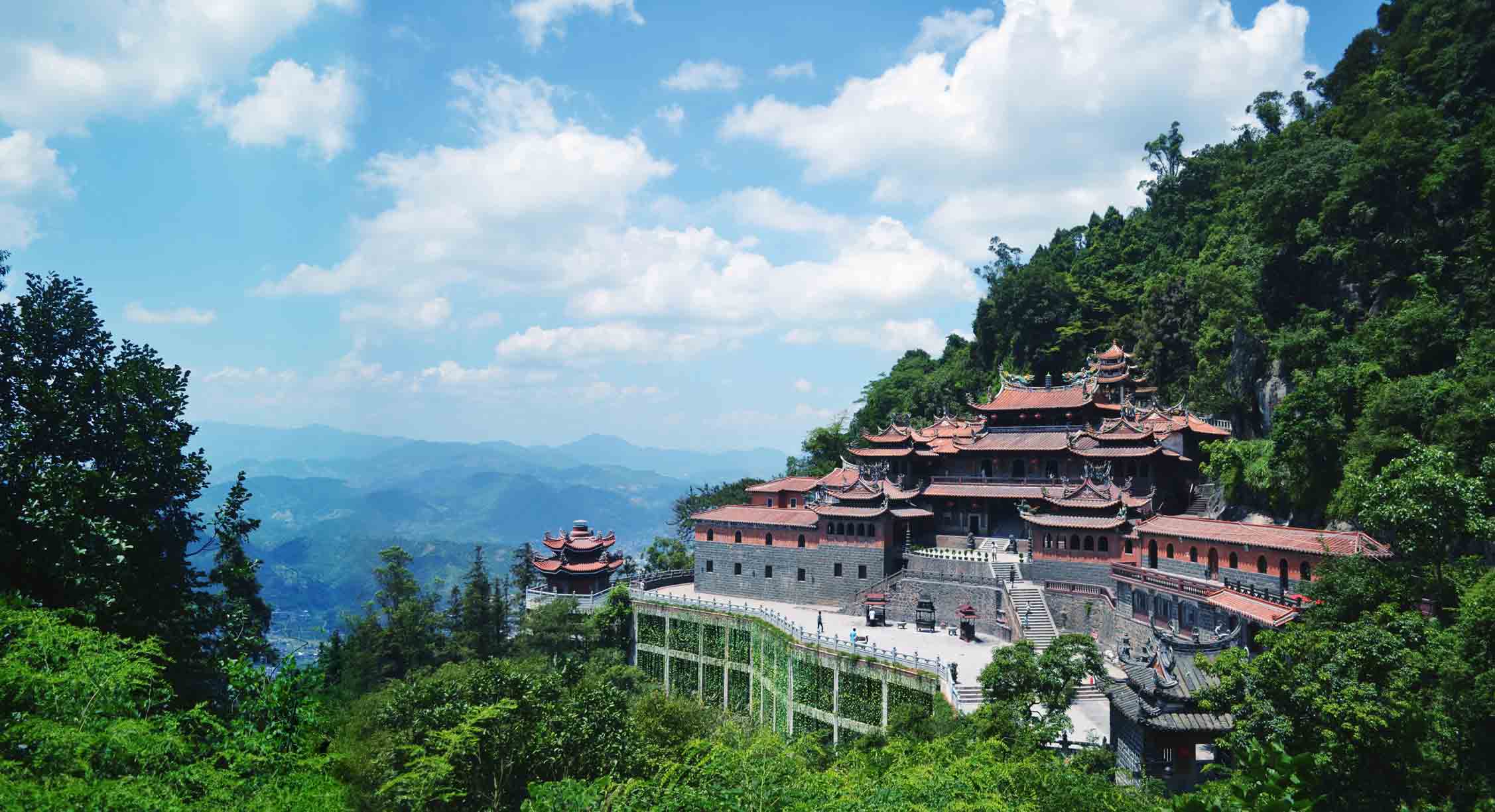
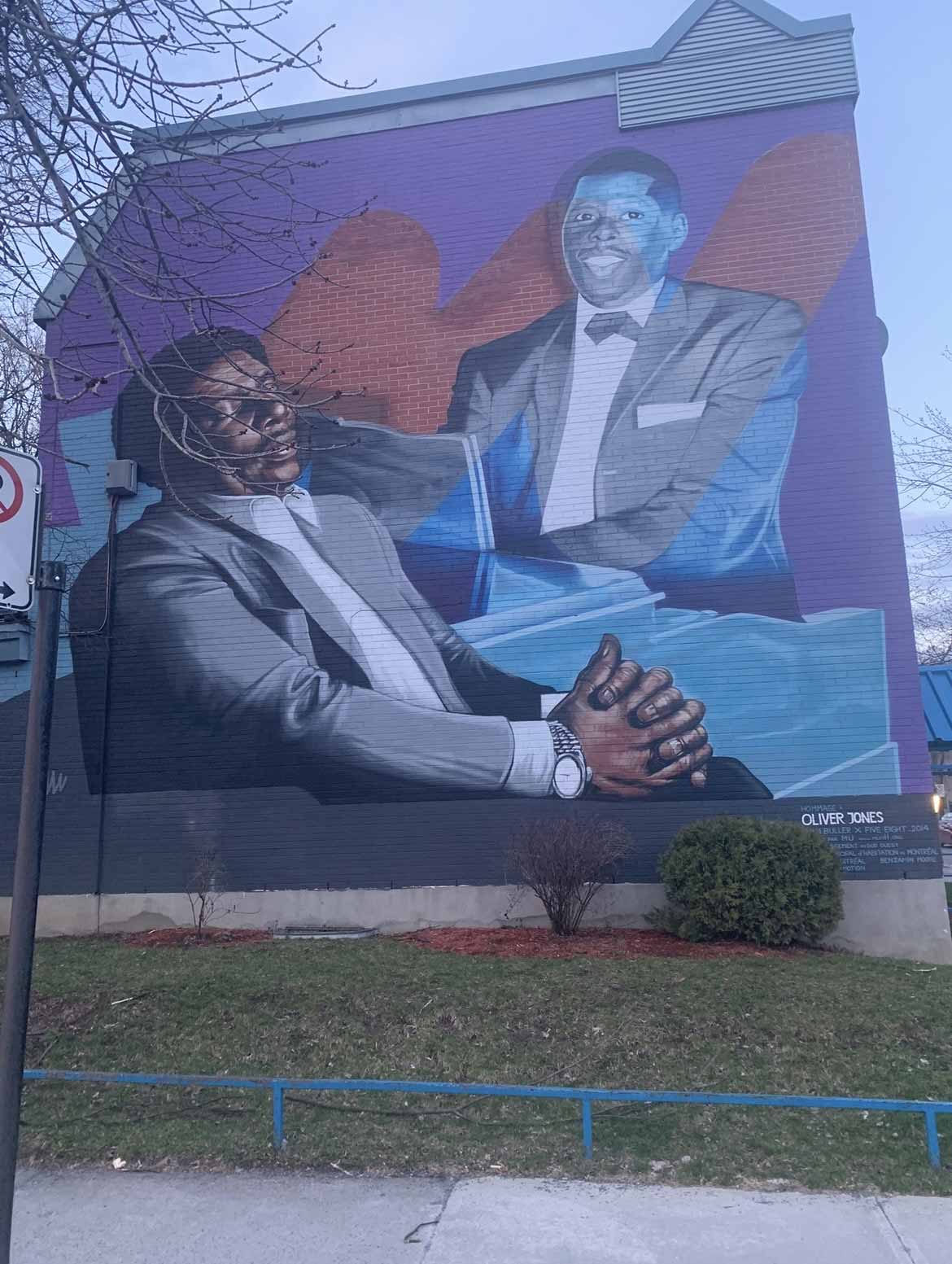

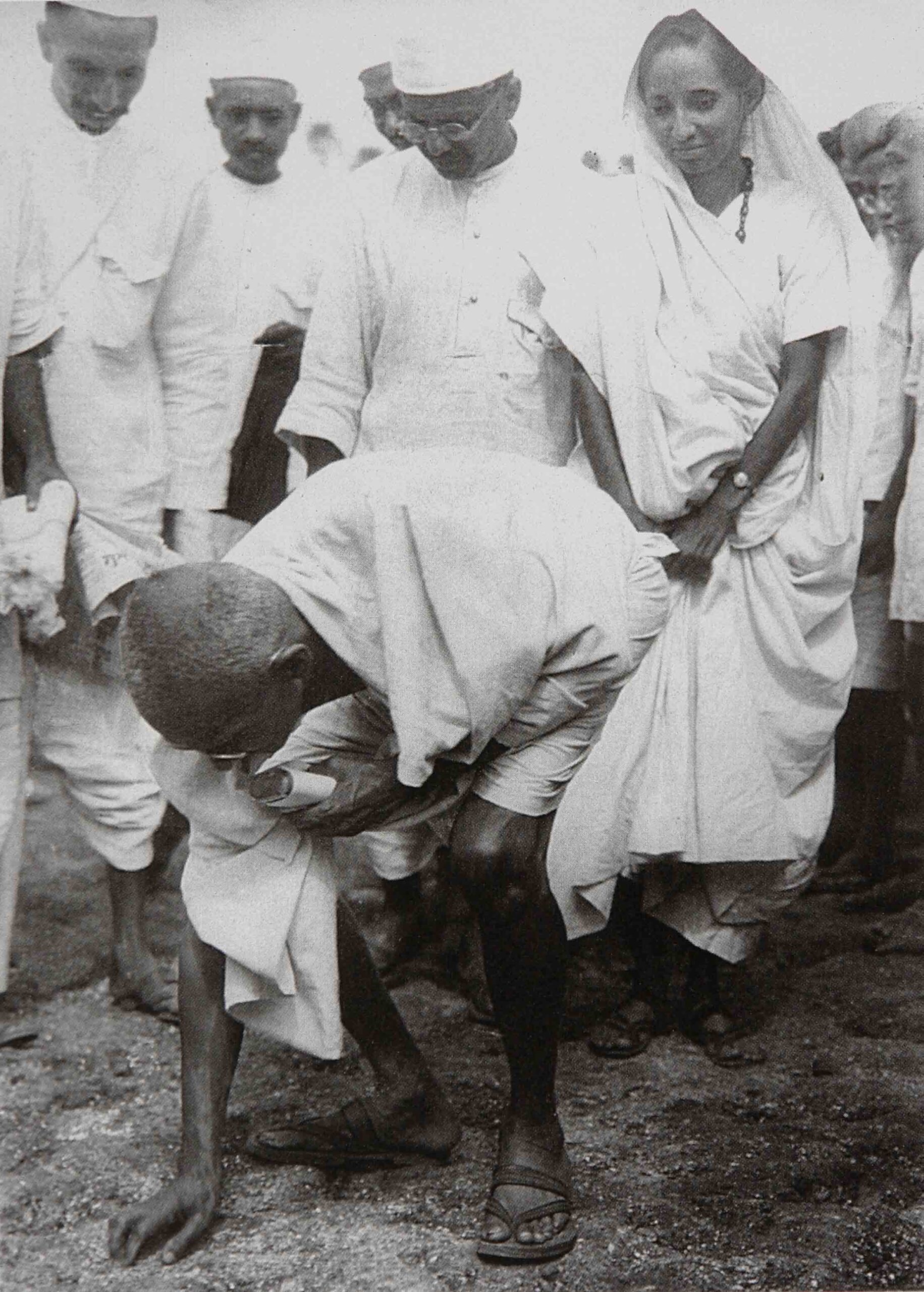
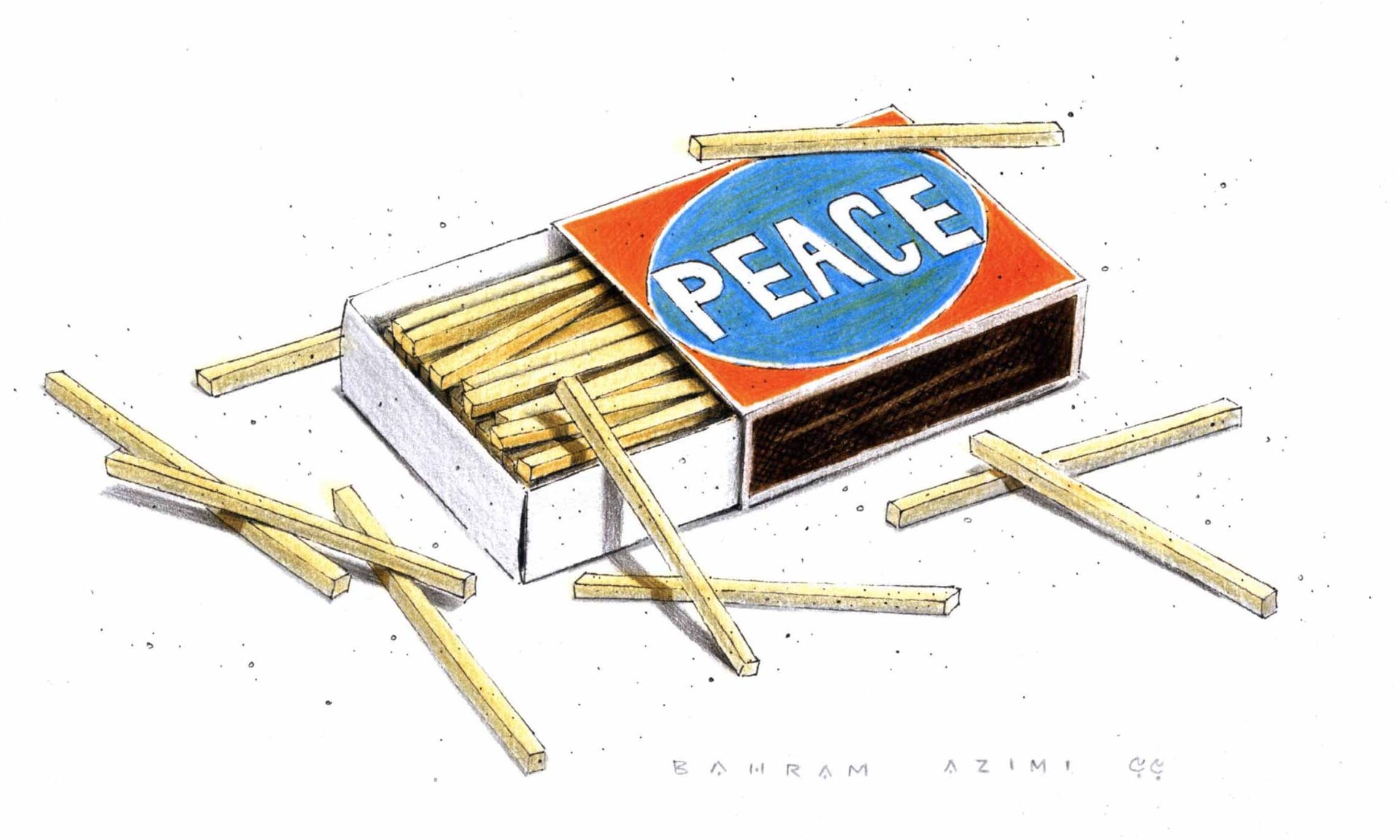
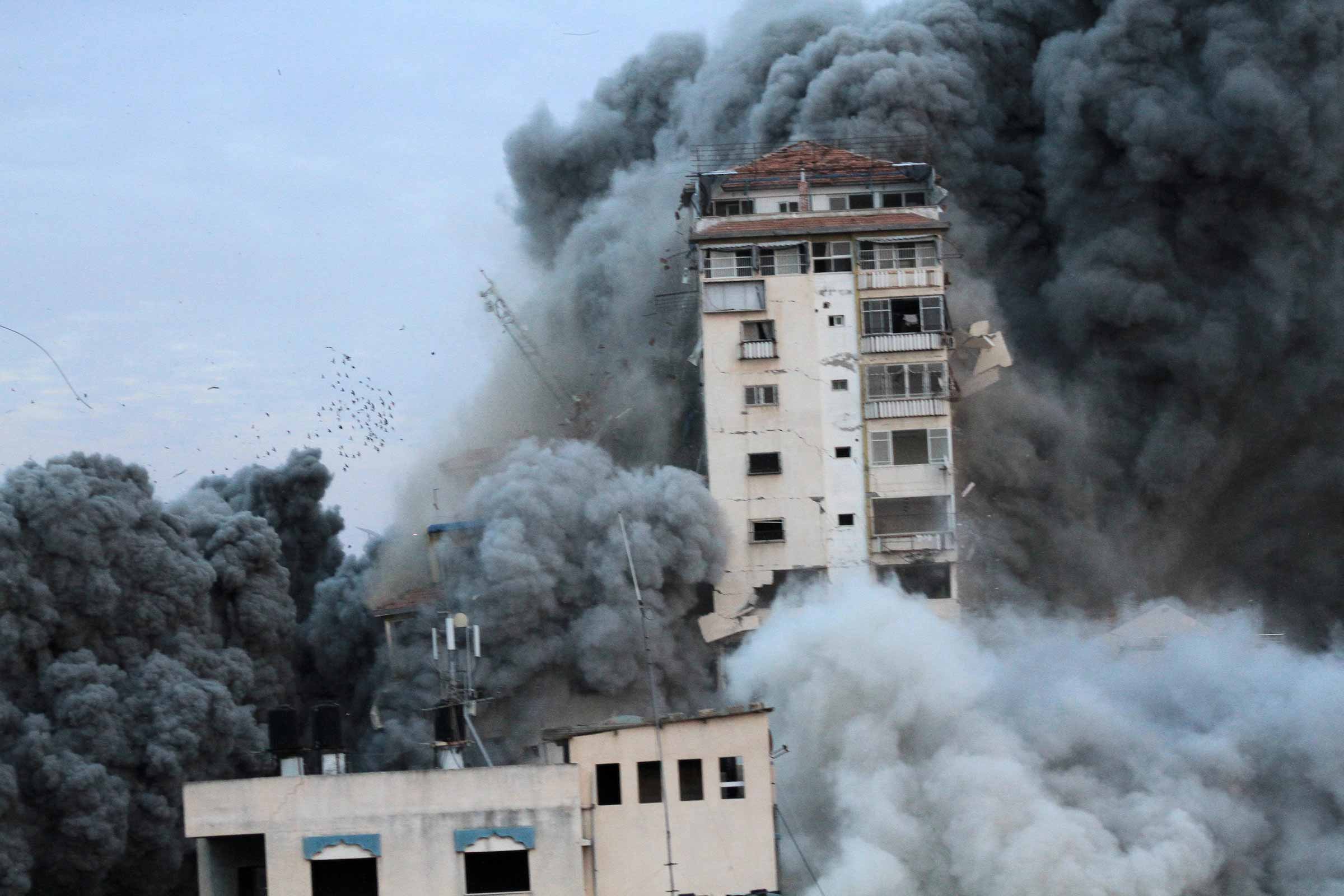

My only regret is that I didn’t read Anne Cimon’s online review BEFORE we filmed the Chinese episodes of “Warrior’s Heart” the Story of Bethune! http://www.SpiritOfBethune.com Although the Chinese script was parallel with what I understand Adrienne Clarkson wrote about, in the story outline and script provided to me by the producers at CCTV, there was no mention of nurse Jean Ewen, which now explains to me how Bethune managed to do his complex work in “Chinese conditions”.
I can tell you, that this past summer when I attempted to portray the part of Bethune as we traveled to location after location through the Shanxi-Chahar-Hebei region on roads that accommodate modern trucks and cars, with restaurants almost everywhere and a few luxurious hotels, it was still pretty tough in July 2012, and hard to imagine how this guy with a few months immersion in China in 1938, in stressful war conditions, could pick up the Chinese communication and cultural skills necessary to 1.) understand the “actual” not apparent circumstances, 2.)find needed resources, 3.) teach how to use those resources and 4.) do his miraculous work of bringing of this together and make it work – that would be a Herculean task even in today’s rural China, in Chinese, between CHINESE! – I think we should introduce Jean Ewen as a cross cultural hero to some of the 1.4 billion Chinese who think Bethune did it as a lone foreigner with Chinese assistance. (this would help alot of Chinese understand that not all foreigners in China live in Chinese, and that a person’s real value is what they actually do themselves, not their skills of oration or even motivation)
Funny about Clarkson’s mis-location of the Bethune statue in Montreal, I’m pretty clear on it’s location, as I went to Concordia U. and this photo http://www.ecotaskforce.com/news/Bethune_McMaster.JPG was taken when I was at HEC 10 years ago and some Chinese MBA students wanted to visit the statue in 2002.
I have now read a little about the life of Jean Ewen, and understand better why she is not included in the official story from the Chinese perspective… 1.) She was an independent thinking woman, not an endearing quality in pre-(or even post) New China 2.) She abandoned her post (went AWOL) when needed and although hers sounds like a remarkable story in itself, it is a deeply shameful and dishonourable act from a Chinese perspective. 3.) She apparently really disliked Bethune, who in death became a loved martyr by the Chinese, and she lived on as an unloved potential reputation (propaganda) spoiler (although it appears that she did not actively/openly promote disrespect of Bethune upon return to Canada).
For all her knowledge of the Chinese language and experiences in the country, it appears to me that she mis-understood the most fundamental “law” of Chinese culture – don’t criticize, cause embarrassment, or the loss of face – to anyone from illiterate 14 year old boys to army generals… otherwise, it doesn’t matter what your position, origin or level of skill is, or if bombs are dropping around you – you will be shunned and end up cleaning out hospital latrines.
So, thanks for causing me to investigate a little bit of the life of Jean Ewen – it adds additional dimension to the reality of the people, circumstances and even the locations and terrain described. (It’s exciting to read about places I am personally familiar with: Hong Kong, the Penninsula Hotel, Xi’an, Shanxi, Tang County… all the places where this story-behind-the-story personality conflict and drama took place.
In the end, I have even more respect for Bethune and his challenges not just the physical conditions, but the difficult people he had to deal with to get his job done… I have also found myself in difficult situations where the inability to count on the reliability of others, both local and foreign, and even those who claim to hold the same commitment, too often results in a “pear-shaped” situation.
In the face of serious challenges, uncomfortable conditions and perceived risk to the individual, personal courage and deep commitment were probably as rare then as they are today.
..and probably both the courageous souls, Ewen and Bethune were “escaping” to China with good and grand intentions. If Bethune had not existed and Ewen had been a man, a little less avoidant, and more persistent under pressure, maybe both Canada AND China would have memorials to Jean Ewen instead.
Finally, there is something to be said for psychological screening of those offering to volunteer whatever the cause… in my opinion, unpaid work is much more difficult because the rewards are relationship outcomes and reputations that take years to build and/or create and only moments to destroy.